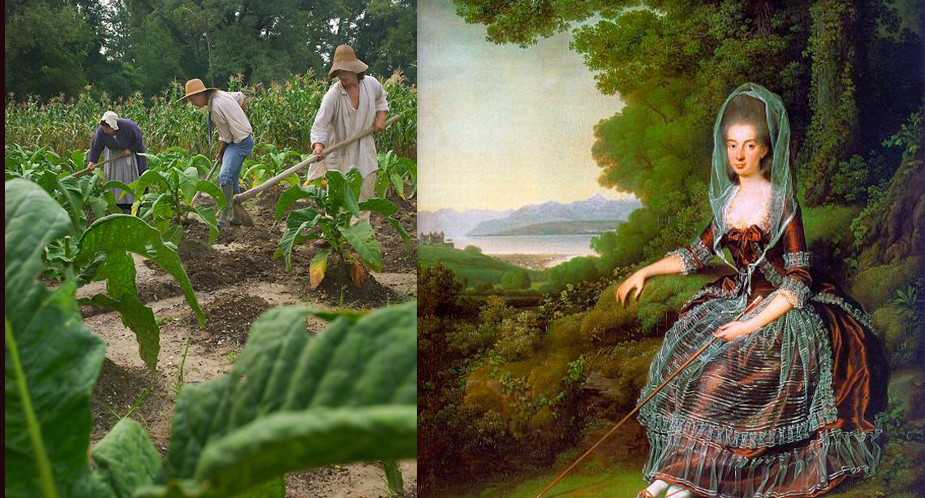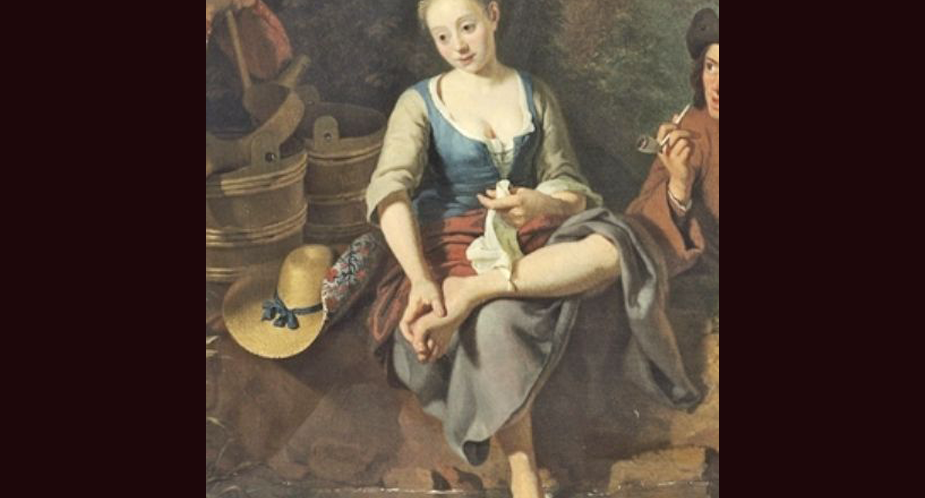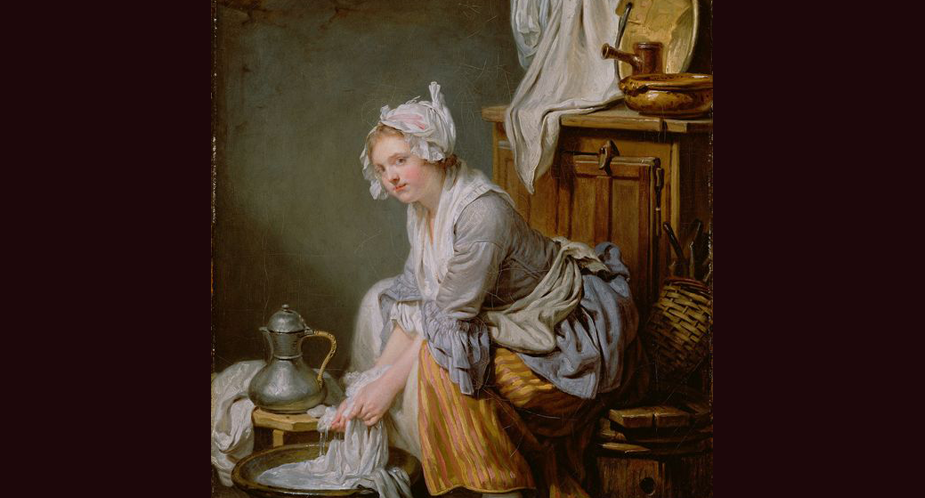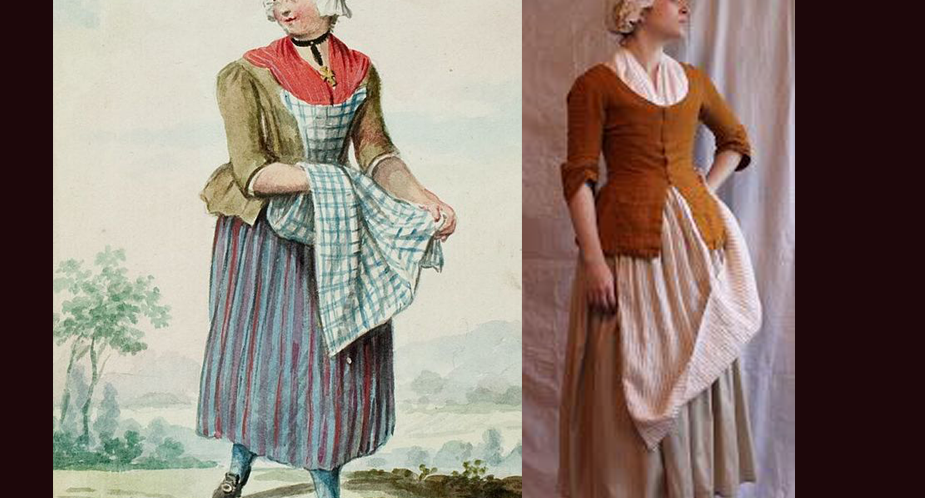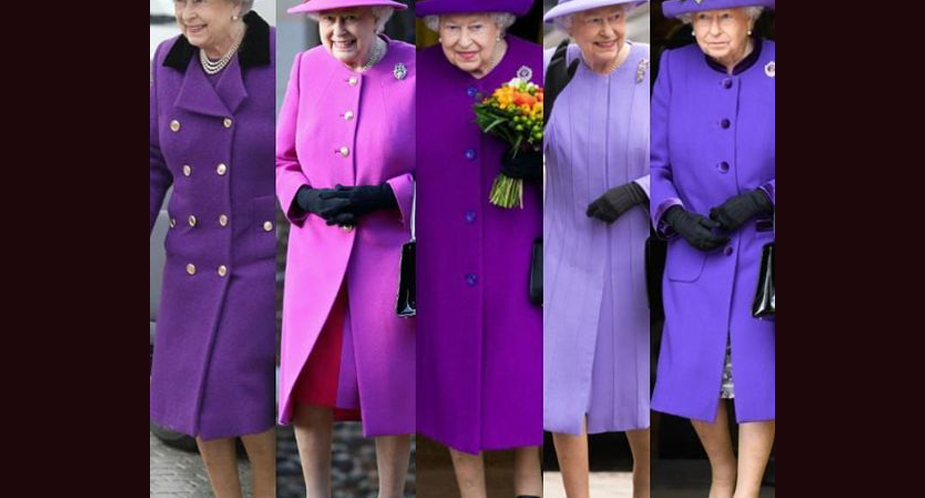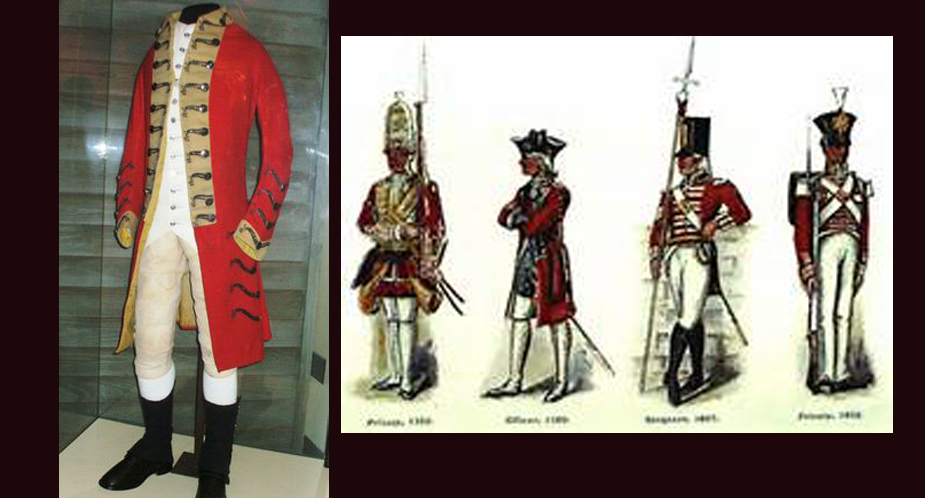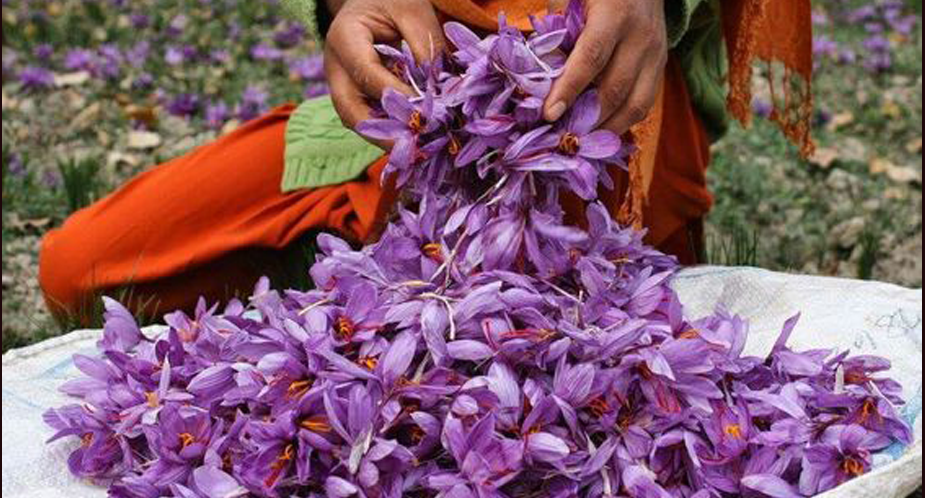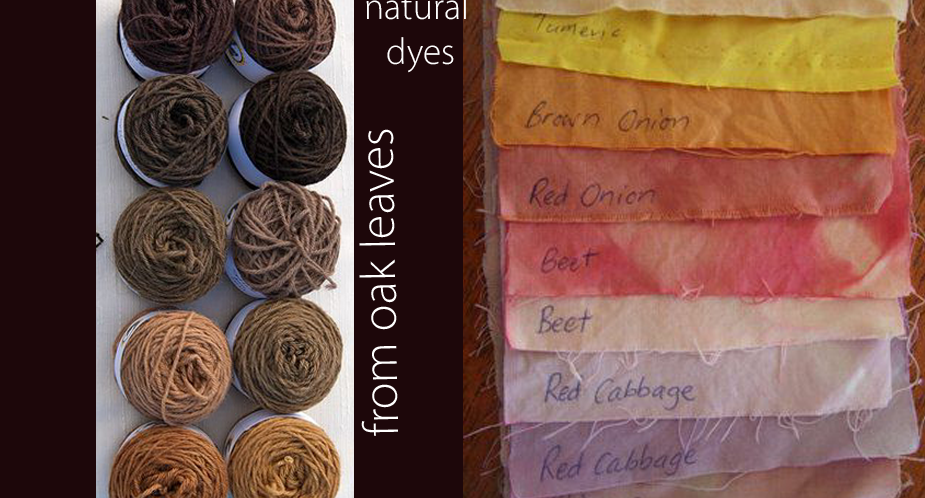.the English had more leisure time than most Colonists, and were generally outdoors more than other Europeans at the time. The English culture valued open spaces and physical activity, and was still predominantly agricultural. (Photo/Portrait: (left) the Colonial view of rural life was a bit different than the more leisurely …
